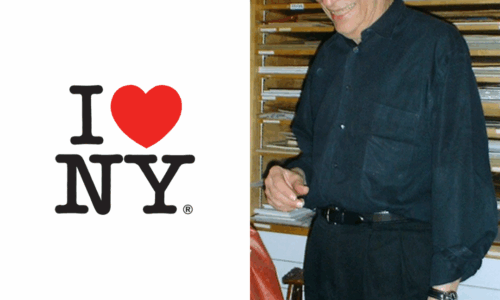
František Bubák owned an apartment in Theresienstadt but was forced to leave by the Nazis in order to make room for thousands of Jewish prisoners. After the war, Bubák moved back to the property. Sometime later, he was doing some renovations, which included taking down a kitchen wall. As the wall was taken down, he was surprised to see a highly decorated area behind it. Bubák was a religious Catholic, and he was sure that the writing represented some form of the Jewish liturgy. He hurried off to report his findings to his priest who advised him to leave the room alone to avoid the curse of the Jewish people.
For years, the man kept his secret from the authorities. Only in the 1990s did his descendants share his discovery, and Jewish visitors to Theresienstadt were allowed inside. What they saw was clearly a well-hidden synagogue. But who were these individuals? Who put so much effort and love into the inscriptions adorning the walls? In one amazing moment of Divine Providence, the pieces of this puzzle came together.
In 2002, Mrs. Rosie Baum traveled to England for the shivah of her older sister, Mrs. Senta Buck, z”l. Rosie and Senta grew up in Schweinfurt, Germany, and were saved when their parents sent them on the Kindertransport to England. At the shivah, a relative showed some pictures he had taken on a recent visit to Jewish sites in Europe. Rosie obligingly glanced at the pictures and then her heart stopped. One photo was of the interior of a synagogue, but she knew she had seen that exact synagogue somewhere! Rosie’s father, Asher Berlinger, a gifted cantor, teacher, musician, and artist, was sent to Theresienstadt together with his wife, Berta Berlinger in 1942. Before he was deported to his death in Auschwitz in September of 1944, he had created a Jewish calendar with a self-portrait of himself standing at the amud of this synagogue, She had always assumed it was her father’s fanciful drawing of him praying in an imaginary synagogue.
Yet here it was, right here on Earth, actualized exactly as it had been in his drawing! Immediately after shivah, she traveled to Theresienstadt and recognized her father’s style of calligraphy and art on the walls of the once-hidden room. To Rosie, it was not a surprise that her father had risked his life on a regular basis to create a synagogue right under the noses of the Nazis. Prior to the war, the Bavarian city of Schweinfurt was home to only a few hundred Jews, but Mr. Berlinger devoted much of his energy to strengthening Judaism in his community. Aside from his work as a music teacher and artisan, he established a one-room school to teach Torah to the local children. As the world began to crumble around European Jewry, he found new ways to help himself and others keep their faith stronger than ever.
Wishing you all #ShabbatShalom! #GKTsynagogue
Source: GO Kosher Travel via Bentzi Sasson








